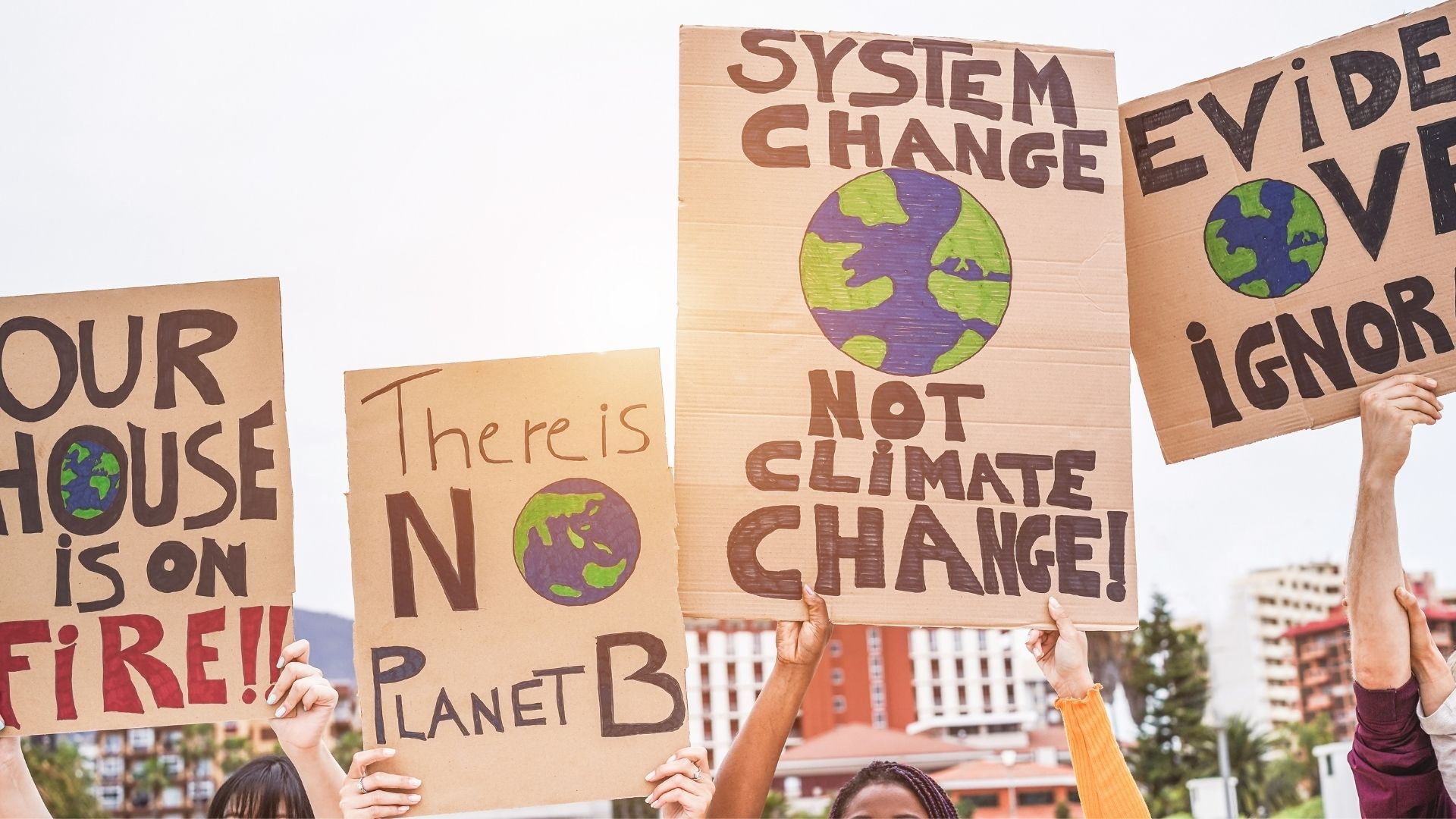Climate Change and the Second World Wave of Electrification

-
Date:
20 Mar 2021 -
Author:
KEHATI
Professor Argo Dahono from Electrical and Informatics Engineering (STEI) ITB, in a short article, conveyed his concern about the lack of interest among students in electrical science. Most STEI ITB students choose study programs related to information technology, especially Information Engineering.
Actually, this is not a new phenomenon. More than a quarter of a century ago, when I was an ITB student, the Electrical Power Engineering study program (commonly known as “arus kuat”, which means strong current) was also not very popular. At that time, students flocked to choose Telecommunications Engineering study programs because the telecommunications industry was proliferating.
The tendency of STEI ITB students to choose study programs related to information technology is certainly well understood and even needs to be supported as information technology will continue to be one of the main engines in driving economic growth and productivity. However, what does the meaning of these shifting electricity priorities?
Professor Pekik Argo Dahono suggested that Indonesia’s population and economic growth will need electricity that continues to increase. However, in my view as an environmental practitioner, there is another factor that will be more critical in triggering an investment boom and the growth of the electricity industry: climate change.
Various climate change disasters, which are caused by global warming, have been increasing in recent times. Earth’s warming is triggered by the accumulation of greenhouse gases, especially CO2, in the atmosphere. Greenhouse gases are getting thicker on the “roof” of the earth, causing more and more heat from the sun to be trapped, and making the earth even more stuffy and hotter.
Where do these greenhouse gases come from? Around seventy percent comes from the use of fossil-based energy, such as coal, petroleum, and gas. Other greenhouse gas emissions come from deforestation, agriculture and livestock, industrial processes, waste, etc.
Scientists and world leaders have agreed that global warming must stop immediately. Otherwise, the world will face the dire consequences of climate, ecological, social, and economic disasters. At a conference on climate change in Paris in 2015, world leaders agreed to curb the increase in the planet’s temperature. So that the increase does not exceed 2C, or if possible 1.5C, compared to the beginning of the 20th century.
Currently, the earth’s temperature has risen by about 1C, so we only have a “quota” of 0.5C-1C left. Because the temperature rise comes from greenhouse gas emissions, we also have a limit on how much greenhouse gas we can release into space. Given that most of these greenhouse gas emissions come from the use of fossil-based energy, that means we also have a quota limit on how much more coal, oil, and gas we can use in the coming years.
Ideally, the world should reach net-zero, that is, no more additional greenhouse gas emissions, by 2050. In less than 30 years, we must eliminate or significantly reduce the use of fossil-based energy. The key to all of this is electricity.
The world’s electricity generation is currently still dominated by fossil fuels, especially coal. Coal is the dirtiest source of energy among other fossil fuels. Power plants worldwide must transform aggressively, replacing coal, oil, and gas with clean, renewable energy sources that do not produce greenhouse gases.
This transformation is already underway, especially in western countries. Most of the new sources of electricity generation in Europe and the US are wind and solar-based. Meanwhile, the PLTU, which is power plants fueled by coal, has begun to be taken down one by one.
To save the earth from climate catastrophes, the world must be more aggressive in transforming electrical energy sources from coal and other fossil fuels to clean, renewable energy in the coming years. This transformation will require large investments, new expertise, and human resources, including in the electricity sector.
Then, shall we stop here? No. Keep in mind that electricity is not our only energy source and only accounts for less than a third of the energy sources we use today. We also consume enormous amounts of energy for transportation. The use of cars, trucks, ships, airplanes contributes to nearly one-third of the world’s total energy consumption.
Currently, almost all energy sources in the transportation sector directly use fossil fuels, such as gasoline or diesel. Therefore, to achieve net-zero, the transportation sector also needs to transform, just like the power plants. To replace fossil energy sources with clean and renewable energy sources, the transportation sector needs electricity.
Vehicles with fuel motors that use fossil fuel energy sources need to be converted into vehicles with electric power batteries. It might be more practical for large vehicles such as planes or trucks, which require a lot of energy, to use hydrogen than batteries. Of course, the “green” hydrogen, which is produced through the electrolysis process with clean and renewable sources of electrical energy.
Currently, there are about 1.4 billion motorized vehicles worldwide, and it is estimated that they will still grow, which will have to be transformed into electric vehicles. Gas stations on the streets will be replaced by charging stations, which are supplied by power plants.
We will not only see the busy world-transforming coal-based power plants and other fossil fuels with clean and renewable energy sources, but the world also needs to increase the power plants’ capacity.
The wave of electrification of the world that began in the early 20th century focused on households and industry. The second wave of electrification of the 21st century will start immediately to “power” billions of means of transportation worldwide.
The question is, of course, how ready are we to meet all of this, including the readiness of human resources? Otherwise, we might just be spectators, or risk becoming a dumping ground for the world’s dirty energy, dirty electricity, or dirty vehicles.
This article has been published in column.tempo.co
